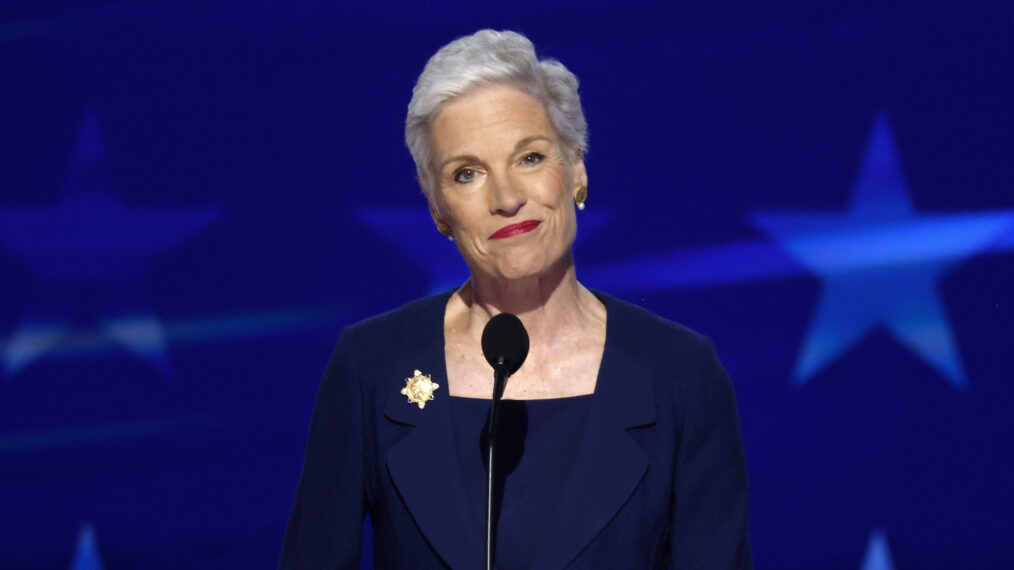Lamb Weston was the worst-performing stock in the S & P 500 on Wednesday on the back of disappointing quarterly results. The Idaho-based supplier of frozen potato, sweet potato, appetizer and vegetable products to restaurants said fully diluted earnings per share fell more than 70% from the year-earlier period. The company also provided an outlook that missed the mark. Here are some “highlights” from the final quarter of their 2024 fiscal year, which ended May 31: Net sales declined 5% to $1.612 billion Diluted EPS declined 74% to 89 cents Net sales increased 21% to $6.468 billion Income from operations increased 21% to $1.065 billion Net income declined 28% to $726 million Full year diluted EPS declined 28% to $4.98 From their FY2025 Outlook (guidance): Net sales of $6.6 billion to $6.8 billion Net income of $630 million to $705 million and diluted EPS of $4.35 to $4.85 Adjusted EBITDA of $1.380 billion to $1.480 billion It is important to note that the increase in reported sales and income from operations is almost entirely attributable to acquisitions — not organic growth. Consequently, the stock price fell over 28% on Wednesday. There are quite a few alarm bells going off here. There is no organic growth, and it’s unlikely that management had no visibility on the disappointing price/mix a couple of months ago when they reported their fiscal third quarter results. That said, Lamb Weston is in the potato business, and while Wednesday’s credit card delinquency numbers provide another disappointing data point regarding U.S. consumers, folks ultimately need to eat. At ~ 1.2x price to sales, Lamb Weston is the cheapest it has been in the past ten years. Even if one takes the lower end of management’s fiscal 2025 guidance of $4.35 in diluted EPS, that’s less than 13x forward earnings. Short-dated options premiums generally fall once a catalyst such as earnings comes and goes in what is often called a “vol crush”. However, when earnings blindside investors and the stock gaps, sometimes longer-dated options premiums may rise. Such was the case here. Some of that increase is justifiable; the company demonstrated considerably higher operating volatility than they or investors expected, and the debt-to-equity increase as a function of the stock price decline is also a contributor. The trade This may present an opportunity, though. For example, the September 50/60/65 call spread risk reversal was trading for a modest $.35/contract credit as of yesterday’s close. A call spread risk reversal involves selling a downside put to help finance the purchase of an upside call spread. In this case, it entails selling the September $50 puts, buying the September $60 calls, and selling the September $65 calls. By selling the downside put, an investor faces the risk of purchasing the shares at the $50 strike price in the event Lamb Weston falls even further — a legitimate possibility if institutional holders decide they’re not waiting for another potential earnings disappointment. However, buying the stock at ~1x sales and 11.3x the lower end of the company’s guidance does provide a margin of safety. Former Berkshire Hathaway Vice Chair Charlie Munger might disparage this type of investing. He even had a name for it, the “cigar butt strategy,” where investors look for discarded cigar butts to see how many puffs might still be left in them. I agree that it’s better to look for companies growing faster than the economy overall and preferably faster than the S & P 500. Still, I do not believe the potato business is going away, even if it isn’t growing as fast as other industries. It also appears that investors are beginning to worry about valuations in some of the highest-flying names, so rotating into low-growth but low-valuation names on sale might lower one’s portfolio volatility. DISCLOSURES: None. All opinions expressed by the CNBC Pro contributors are solely their opinions and do not reflect the opinions of CNBC, NBC UNIVERSAL, their parent company or affiliates, and may have been previously disseminated by them on television, radio, internet or another medium. THE ABOVE CONTENT IS SUBJECT TO OUR TERMS AND CONDITIONS AND PRIVACY POLICY . THIS CONTENT IS PROVIDED FOR INFORMATIONAL PURPOSES ONLY AND DOES NOT CONSITUTE FINANCIAL, INVESTMENT, TAX OR LEGAL ADVICE OR A RECOMMENDATION TO BUY ANY SECURITY OR OTHER FINANCIAL ASSET. THE CONTENT IS GENERAL IN NATURE AND DOES NOT REFLECT ANY INDIVIDUAL’S UNIQUE PERSONAL CIRCUMSTANCES. THE ABOVE CONTENT MIGHT NOT BE SUITABLE FOR YOUR PARTICULAR CIRCUMSTANCES. BEFORE MAKING ANY FINANCIAL DECISIONS, YOU SHOULD STRONGLY CONSIDER SEEKING ADVICE FROM YOUR OWN FINANCIAL OR INVESTMENT ADVISOR. Click here for the full disclaimer.
An opportunity may be emerging in this beaten-down potato stock. Using options to capitalize
Related Posts
RECENT POSTS
Browse by Category
- Books (1)
- Business (3,596)
- Events (2)
- Fashion (5,631)
- Horror (1)
- Interviews (28)
- Movies (5,627)
- Music (5,663)
- News & Gossip (6,310)
- Television (5,660)
- Uncategorized (1)
- Video Of The Day (914)
EDITOR'S PICKS
© 2022 EssentiallyHollywood.com - All Rights Reserved


























































![Mason Ramsey – Twang [Official Music Video] Mason Ramsey – Twang [Official Music Video]](https://i.ytimg.com/vi/xwe8F_AhLY0/maxresdefault.jpg)





















